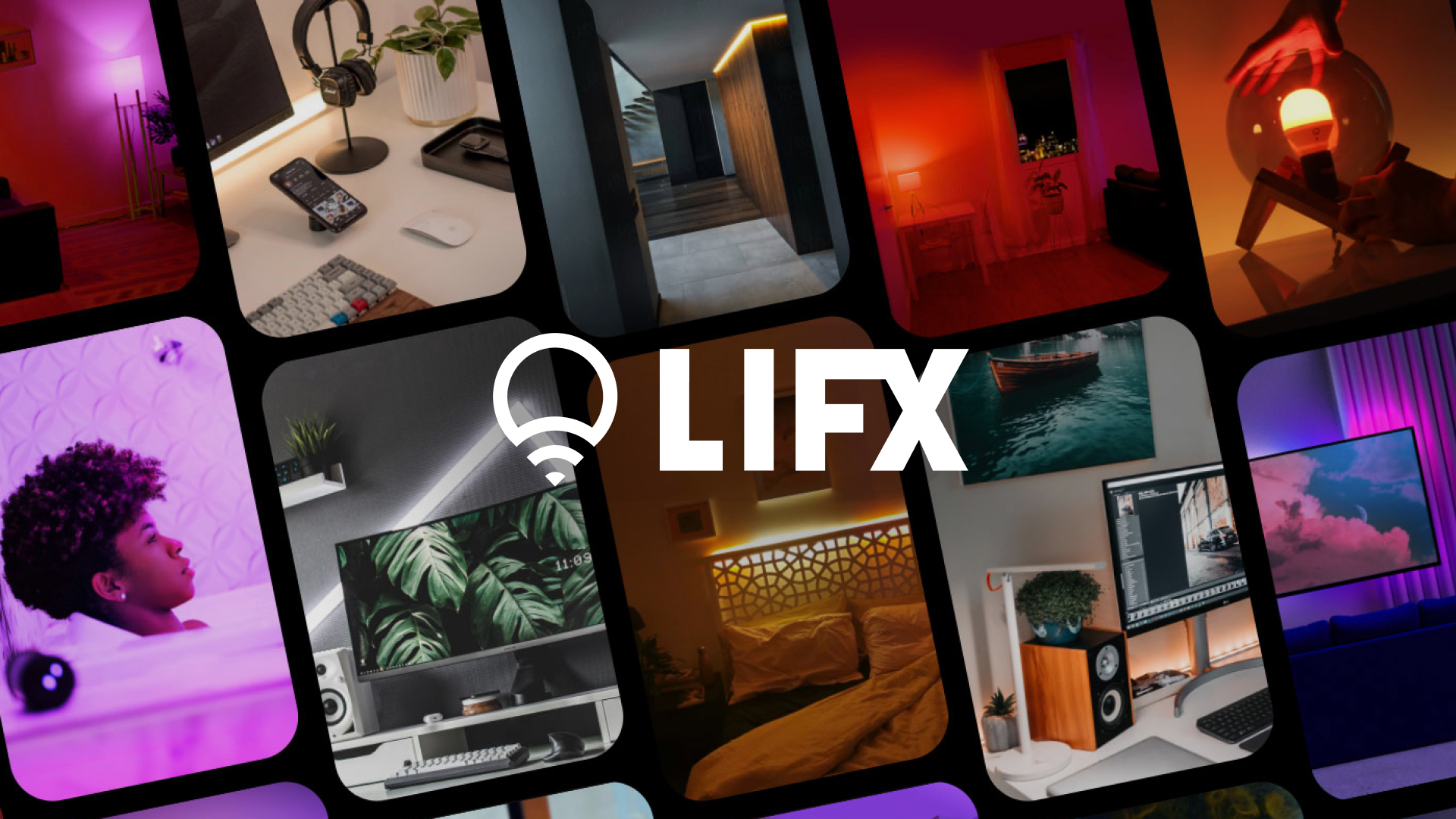
I’ve referred back to this post about a Smart Home Utopia many times since I wrote it 14 years ago.
In the intervening years, there have been many false dawns as contenders to become the “X” protocol came and went. But perhaps 2022 will finally see the smart home unleashed.
Progress Matters
Back in 2014, Nest announced Thread, their new wireless mesh networking protocol for the smart home. This was a major step towards “X” as importantly it was IP based. Additionally it provided a low power side to the network, running over 6LoWPAN, similar to zigbee, and better suited to some devices than power-hungry Wi-Fi.
2017 saw further developments with the release of Dotdot, described as “the Zigbee Alliance’s universal language for the IoT”
Fast forward anther two years and 2019 saw the surprising announcement that some big rivals, including Apple, Google and Amazon, were coming together to work on the Connected Home over IP project. At the time I wrote –
Is. This. Finally. The. One? Who knows, there have been so many false starts before with several that looked promising. But there are some huge names here and more importantly powerful rivals coming together to working on the problem. The fact that the home automation industry is admitting it has an issue and these big players are coming together has to be a good sign.
The Zigbee Alliance changed its name to the Connectivity Standards Alliance and in May last year that awkward “Connected Home over IP project” moniker had been replaced, rebranding as “Matter”.
The press release at the time promised Matter would be “breaking down these barriers to IoT growth and adoption -interoperability, walled gardens and complexity”, bring “new experiences for the user” with “more connections between more objects” and ultimately provide “more ways to keep smart homes and buildings humming”.

Matter allows smart home devices to communicate locally with each other, directly over Wi-Fi or Thread. This solves many of the disadvantages of Cloud only systems with their concerns around resilience, security and privacy. While it can remove the need for lots of those hubs and network bridges, you may still need a few.
Matter runs on Wi-Fi and that Thread layer we mentioned too. The system uses Bluetooth LE for setup, like many other systems today and employs an open-source approach.
Is everything rosy then? Well, there is still potential for some products not to support all aspects of others on the system and the group needs to work hard to avoid us heading back to the same old mess that brought us here.
What Will 2022 Bring?
We should see the first Matter devices appear late this year, although that may see some customers hold off on smart home purchases for most of 2022, waiting to see the Matter Logo appear on the box? It would be good to get clarity from manufactures on which existing SKUs will support the standard. On the development side, this newly announced chip with Wi-Fi 6, Bluetooth 5.2 and 802.15.4 should help OEMs develop new Matter products.
With the ability to bring together the Apple Home app and Siri, Amazon’s Echo and other Alexa devices plus the Google Assistant, Matter should become very big, very quickly. With those important players in the self-install smart home space on-board, Matter looks tantalisingly close to becoming that interoperability smart home standard, the missing link which has held the industry back for nearly 2 decades now.
It is shaping up to be the invisible glue that links the DIY smart home together, and that may well be enough to tip an entire industry into huge mainstream success. Time will tell.
Have a listen to this Vergecast podcast on Matter…







